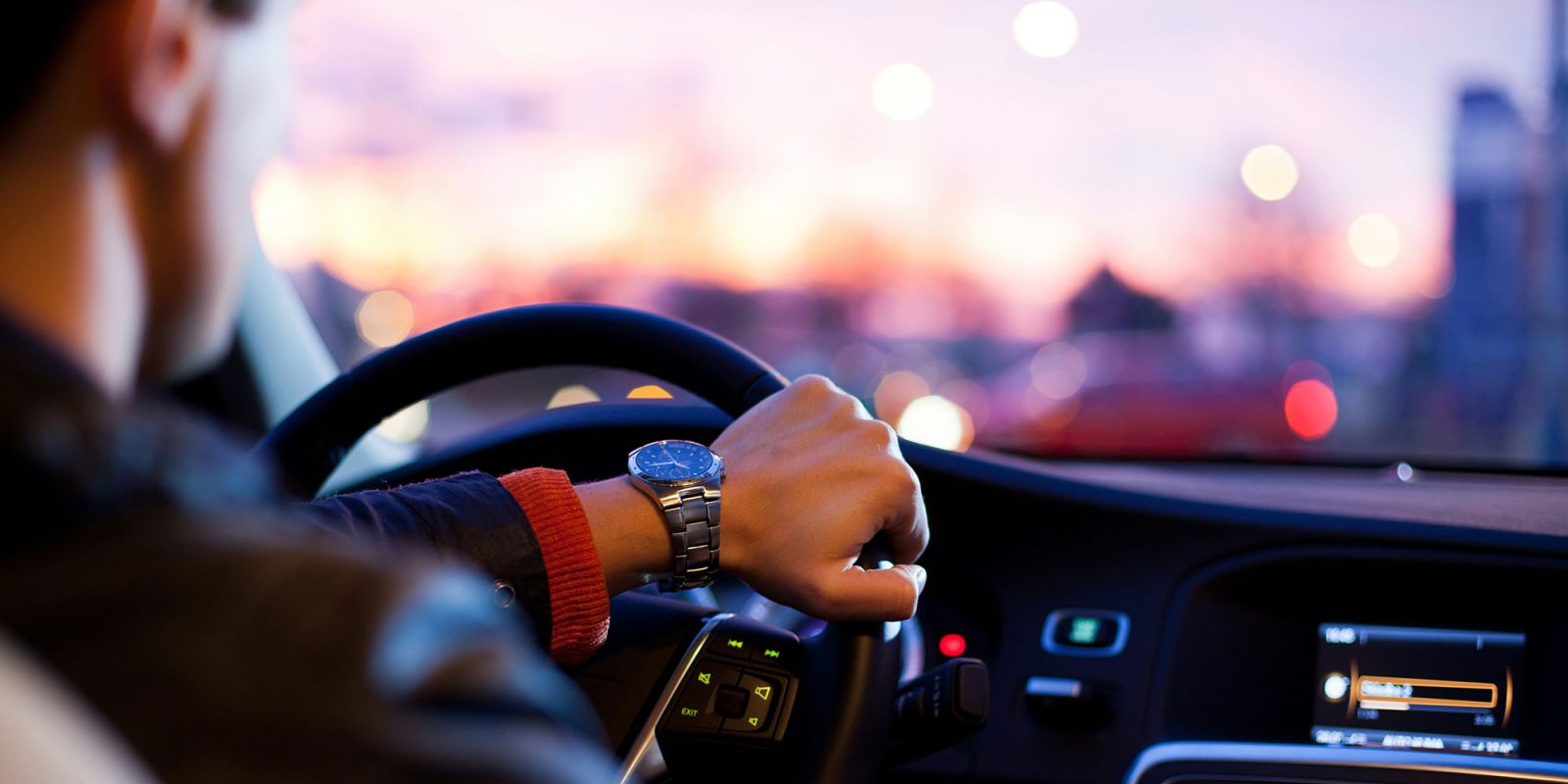
Uber surge pricing is supposed to be applied to especially busy times and places, when riders may prefer paying a substantial premium to not being able to get a ride at all. But drivers are claiming that Uber now effectively applies this pricing model all the time – and keeps most of the difference …
Uber says that surge pricing is intended to balance supply and demand.
Surge pricing automatically goes into effect when there are more riders in a given area than available drivers. This encourages more drivers to serve the busy area over time, and shifts rider demand, to maintain reliability and restore balance.
Surge pricing is a relief valve for the rideshare marketplace. Without it, when demand for rides exceeds the number of available drivers, riders would wait longer (or might not be able to get a ride at all). Drivers would have less incentive to accept requests in busy areas. Surge pricing helps restore balance to the network. By waiting a bit longer, riders can avoid the surge price.
But drivers protesting outside Uber’s London headquarters claim that so-called “dynamic pricing” is now in effect 24/7.
Additionally, they told Wired that where Uber used to take a fixed and transparent 25% commission on the amount paid by riders, with drivers receiving the balance, the company now sometimes takes much higher percentages – and doesn’t allow them to see the split.
Uber’s “surge pricing” feature used to only kick in during busy periods, making rides more expensive to incentivize drivers to log into the app. Now, however, the app uses variable or “dynamic” pricing all the time, says James Farrar, the former Uber driver who won a landmark case against the company in the UK Supreme Court and is now director of non profit Worker Info Exchange.
“We’ve gone from a completely transparent pay and pricing system to one that’s now completely opaque,” he says. “People literally do not understand how the pay has been set, how the work has been allocated, and how they may have been profiled in that decision making.”
To prove the point, they have been logging in as riders to request rides, seeing how much they are quoted, and then how much the driver is offered. In one example, the rider was quoted £46 ($58) while the driver was only offered £26 ($33). That meant Uber was taking a 43% commission.
FTC: We use income earning auto affiliate links. More.





Comments